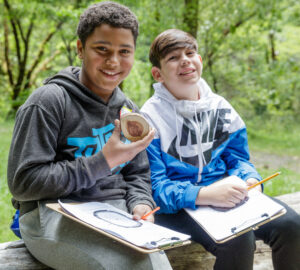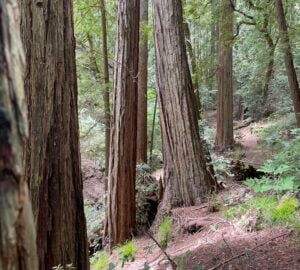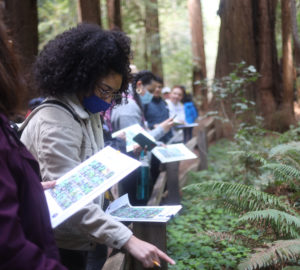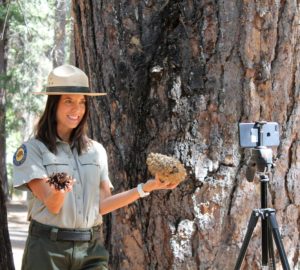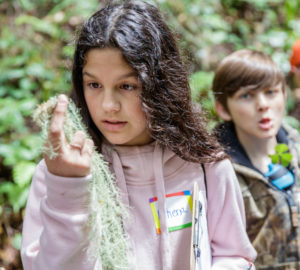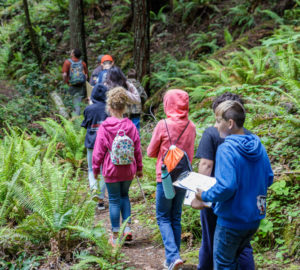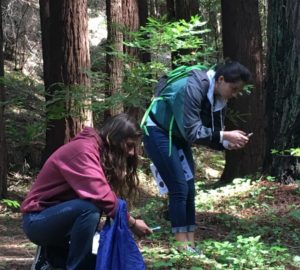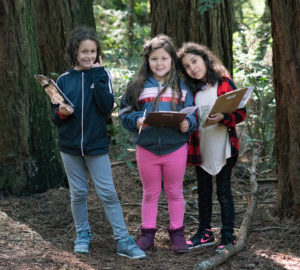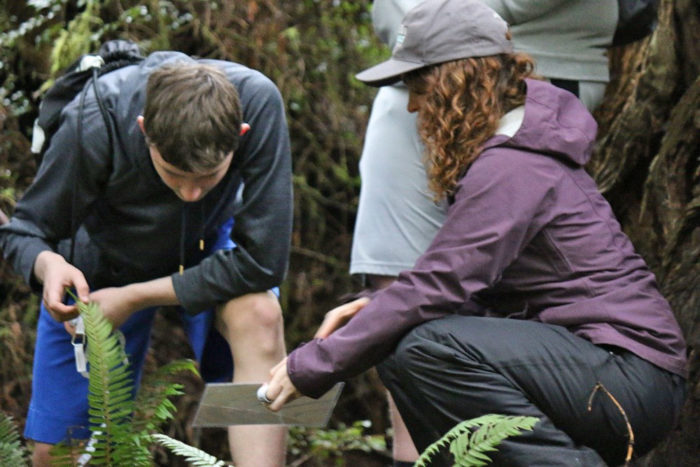
In April, I led a group of students from Oakland Tech High School in a biodiversity plant walk. Together, we discovered the variety of plants beneath the redwood giants. We investigated what we found, asking questions about what we noticed and wondered about each organism such as, “where is the plant growing?” and “what environmental conditions does it rely on?”
As we touched, smelled, and observed California bay laurel, sword fern, coast live oak, and other native plants, we also considered the ethnobotanical uses each plant. Ethnobotany is the study of the interconnected relationships between plants and people across space, time, and cultures.
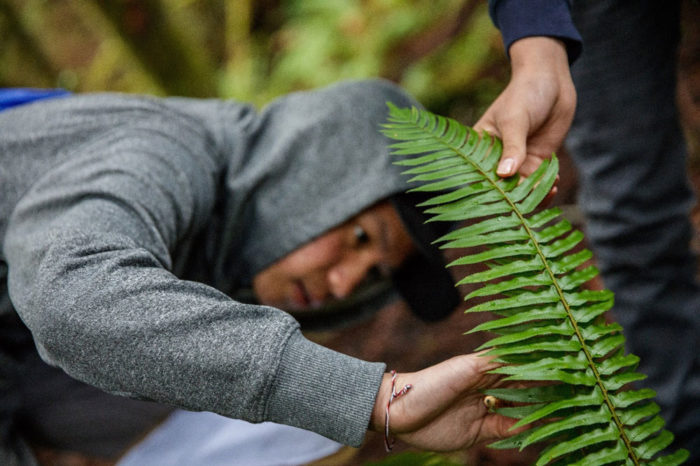
Through detailed observation, the students hypothesized about possible current and historical uses of the plants of the redwoods forests. I was thrilled to witness students rethink how and where they acquire the materials needed for daily life and connect to the forest in a new way. The students smelled and touched California bay laurel and learned that it could be used as an insect repellent. One student proclaimed, “we need to protect nature because nature protects us!”
Nature connection and community-based participatory research are necessary for a sustainable and just future. Giving high school students to the opportunity to experience their innate connection to nature firsthand is an impactful and critical piece in a well-rounded education.
Learn more about the League’s Redwood Education Programs and how you can get involved.

